
Transition of Ancient Japan and Origin of Japanese Culture
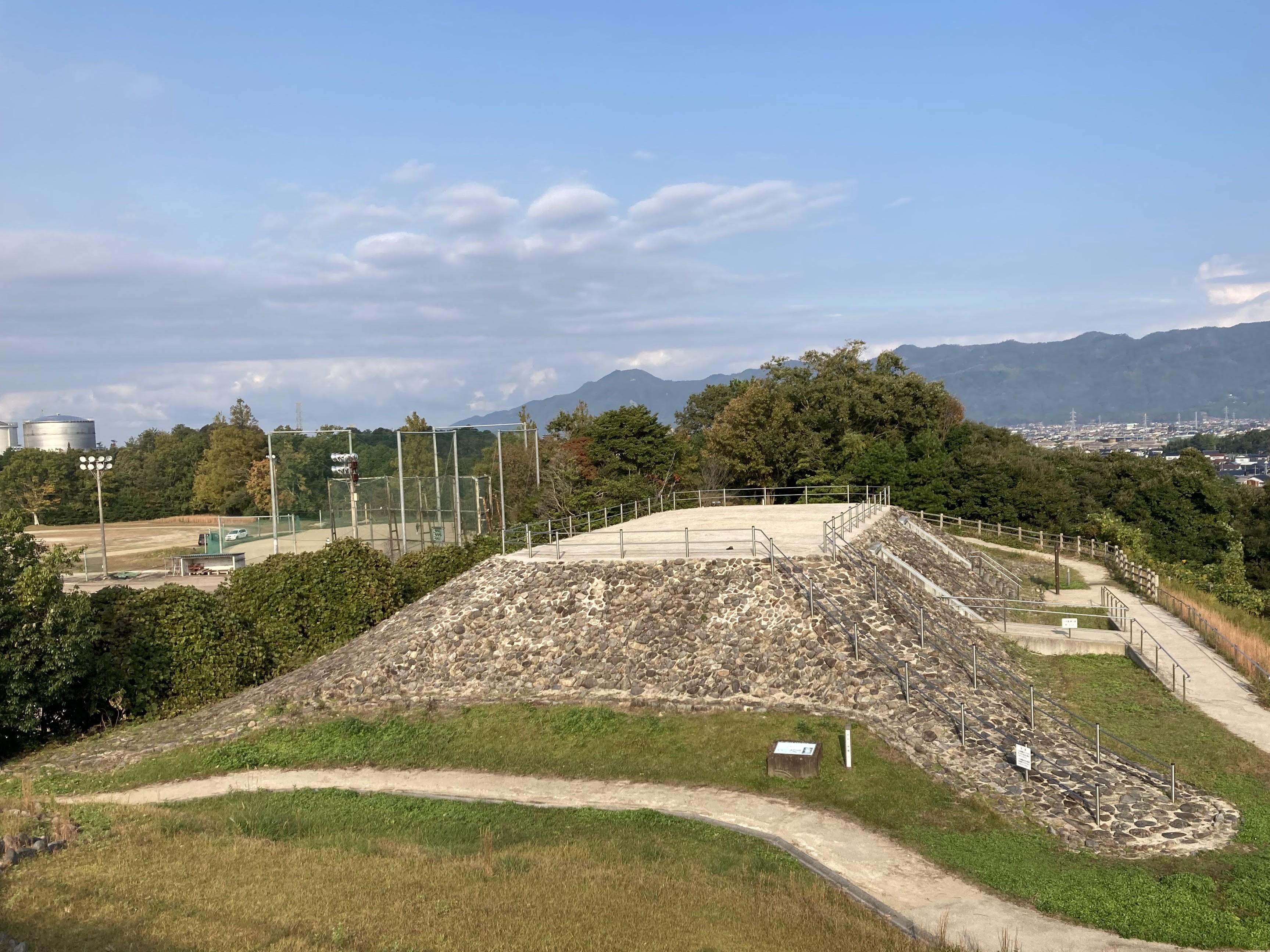
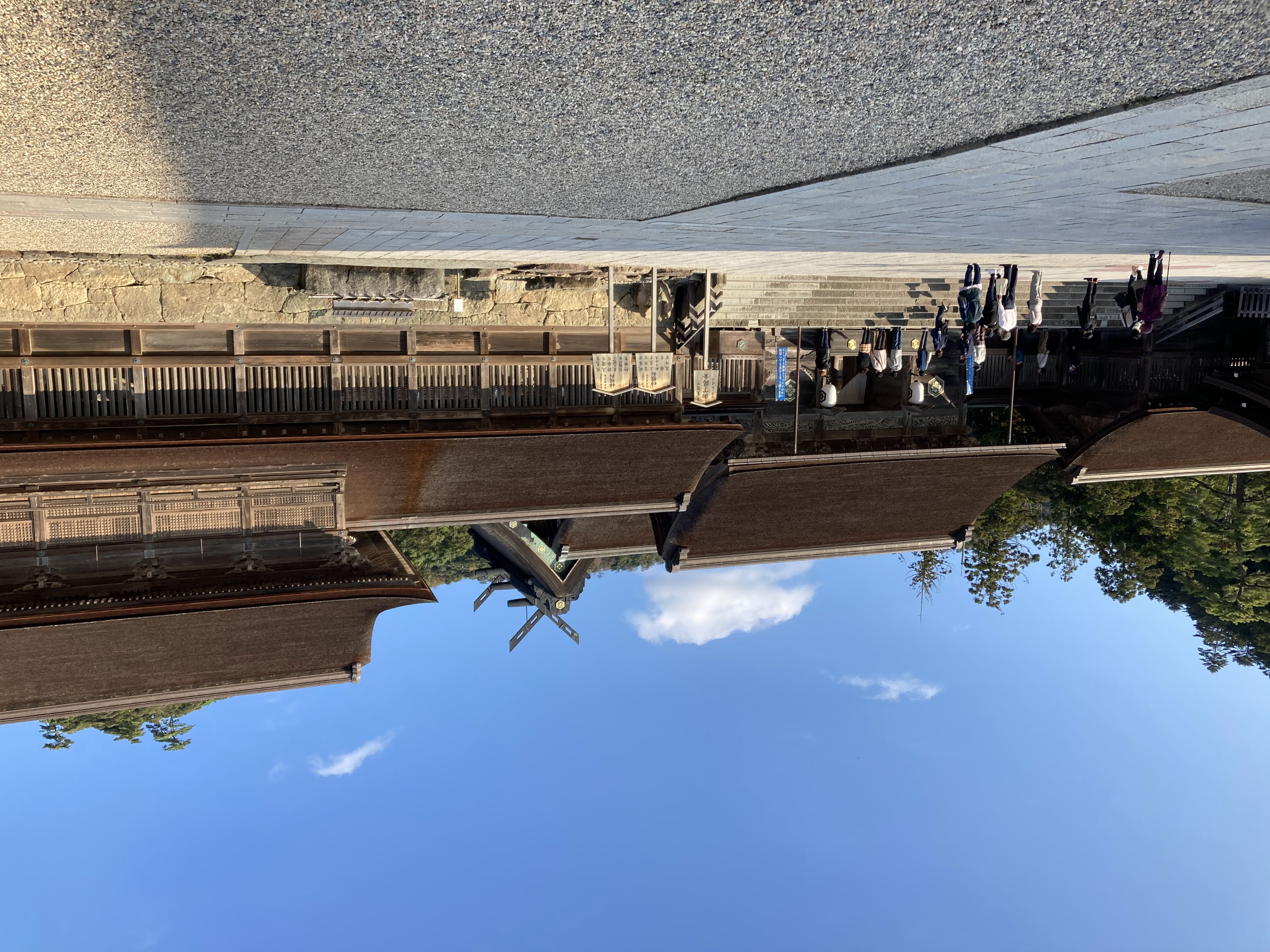

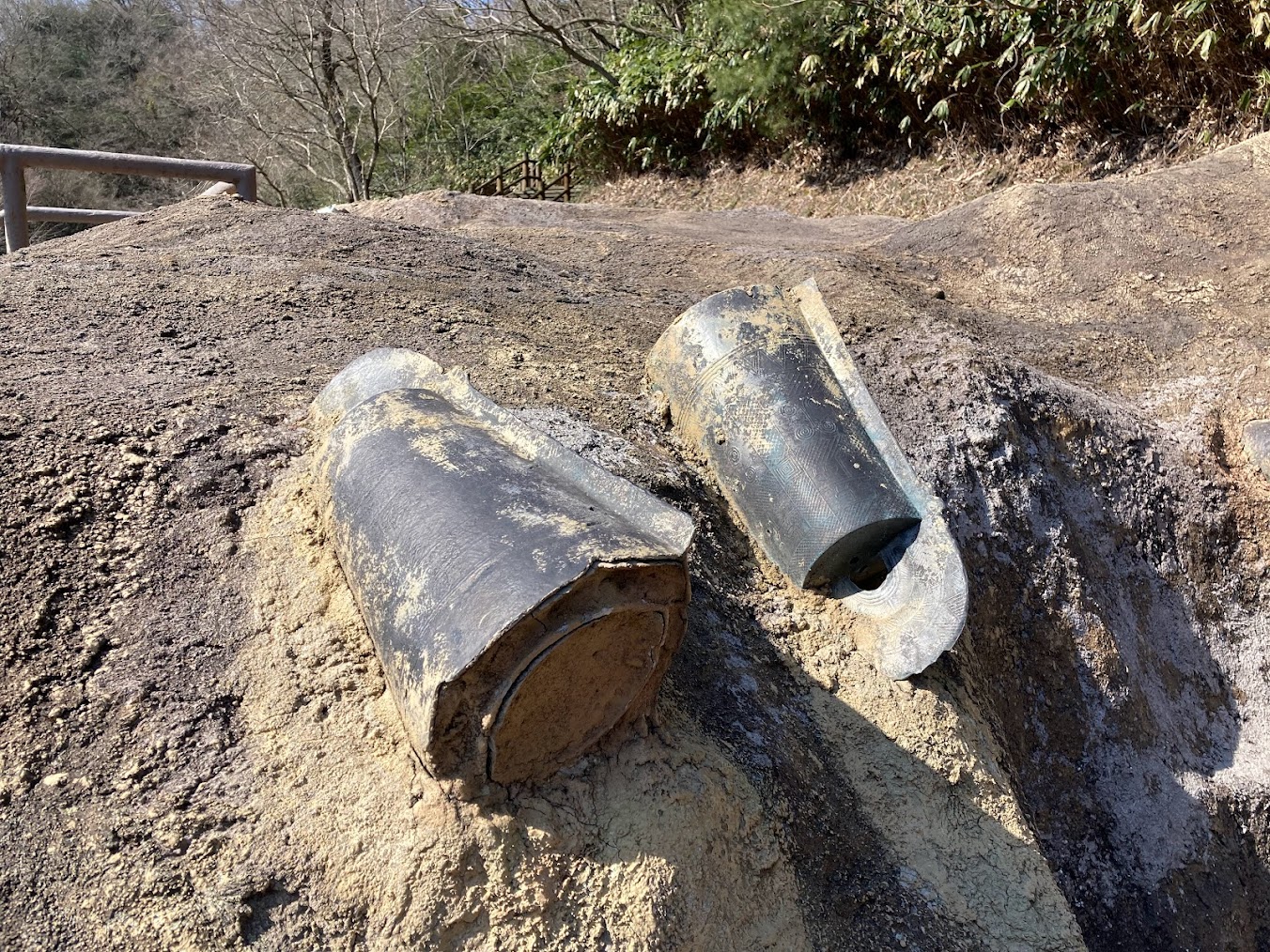
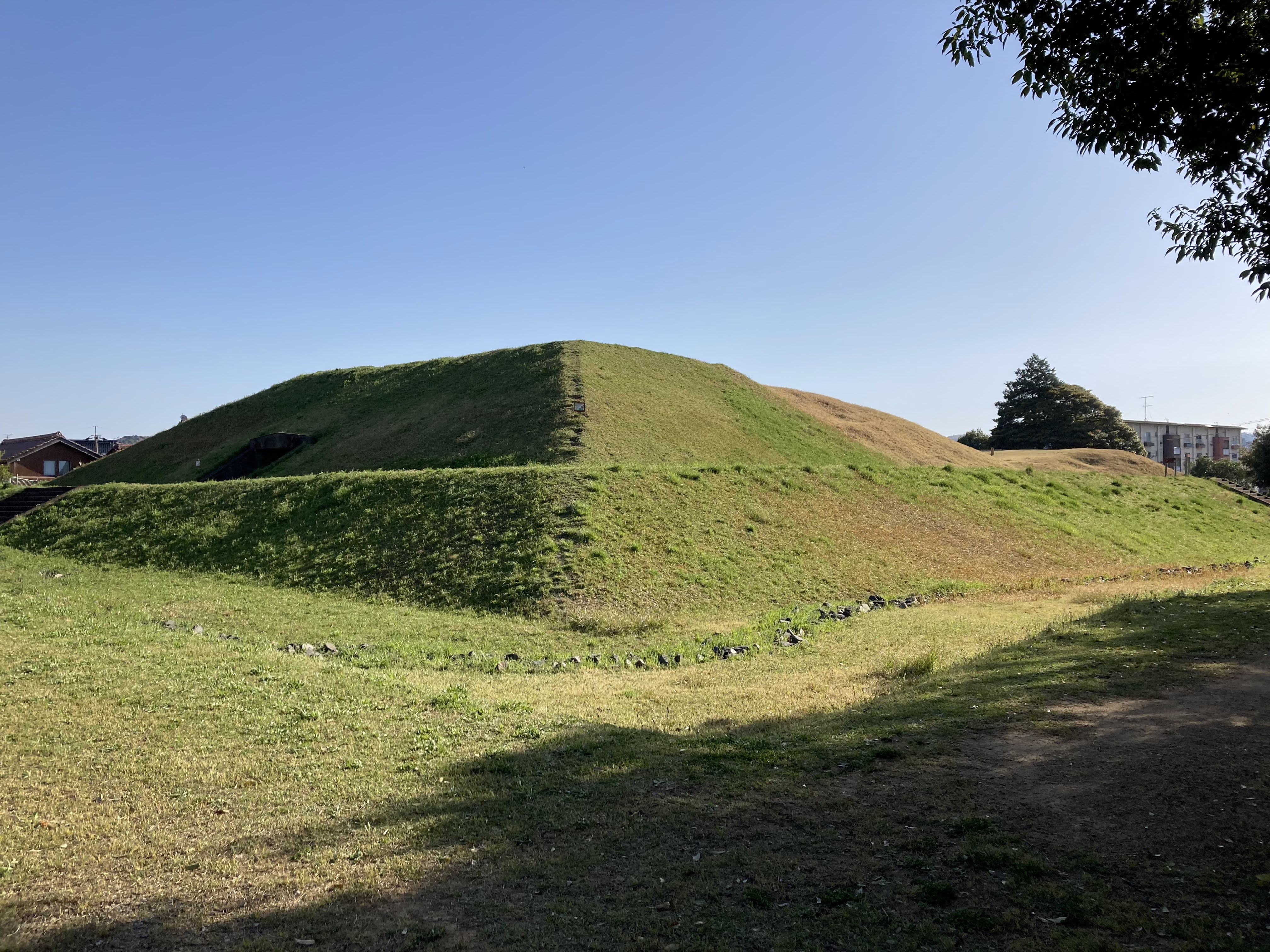
San'in region, located in the west of Japan, is known to Japanese people as the setting for mythology (Izumo mythology). Although not well known to them, This region is full of ancient cultural assets. These cultural assets show how ancient Japan was unified. And, Some of these cultural assets appear in Japan's oldest books on mythology. So, San'in region that appears in the books is the origin of Japanese culture.
These cultural assets in San'in maybe registered as World Heritage Sites.

contents
Japan was not a single country until the 3rd century. San'in region was one of the larger kingdoms among many countries in Japan. The remains of one of the largest settlements in ancient Japan, as well as many bronze artifacts, have been excavated in San'in. Shinto shrines in San'in region that are said to have existed since this time also retain the architectural style of the time. And, The symbol of the ancient San'in Kingdom is the four corner protruding mound tomb. This unique form has only been seen in San'in and its surrounding areas during this period. There was a kingdom in the San'in region that was different from today's Japan.
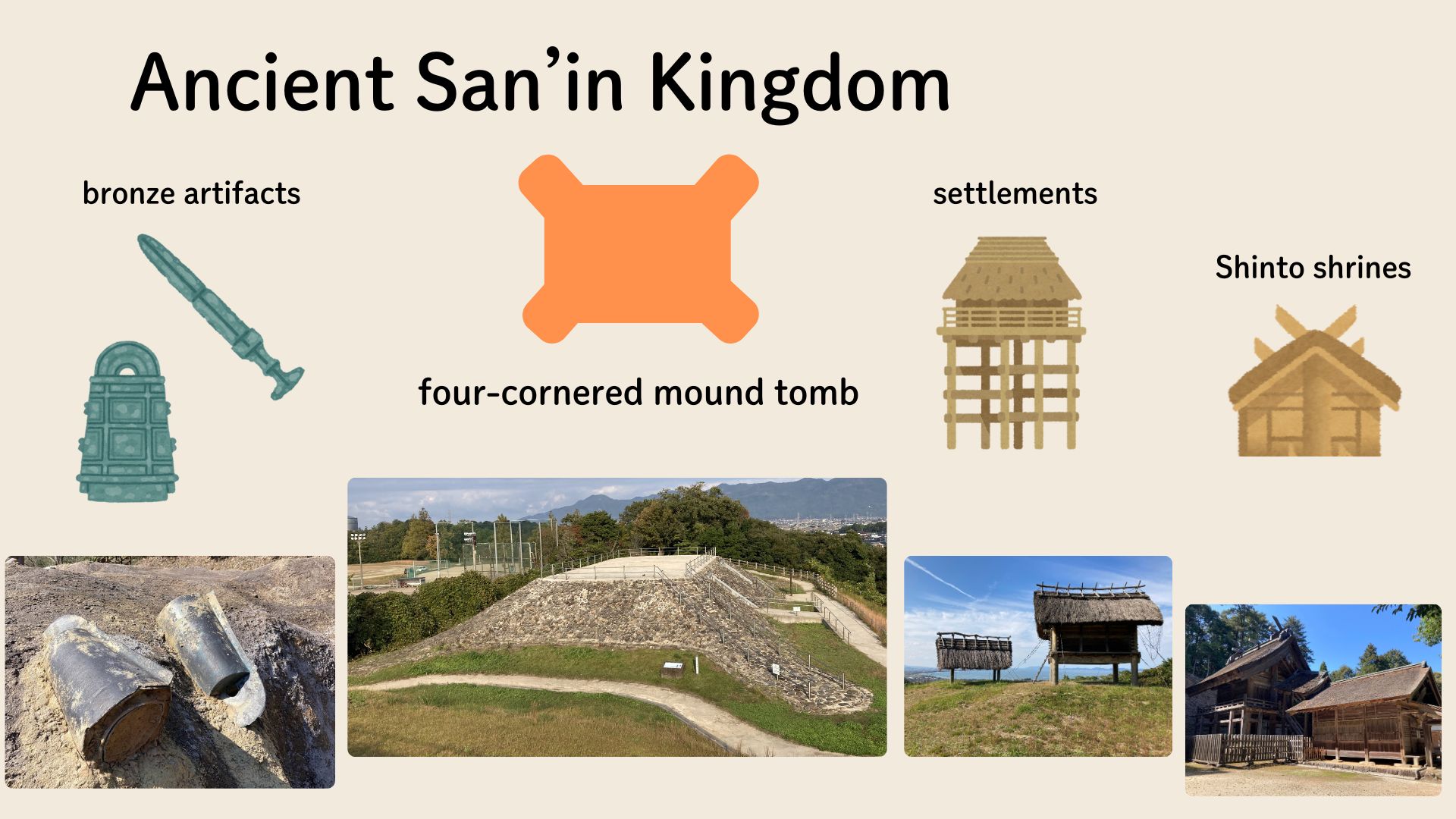
From around the 4th century, the kingdom in Kansai region (present-day Japan) grew in power.
The people of the San'in Kingdom, like those of other regions, became vassals of the kingdom in Kansai.
The symbol of that submission is the keyhole-shaped tumulus.
Around this time, the four corner protruding mound tomb were no longer built.
It is clear that Japan was slowly becoming one country.
In the 6th century, Buddhism was introduced to Japan.
As a result, the construction of ancient tumulus gradually stopped and Buddhist temples began to be built.
The symbol of submission changed from tombs to Buddhist temples.
Several ruins of Buddhist temples from that time remain in San'in region.
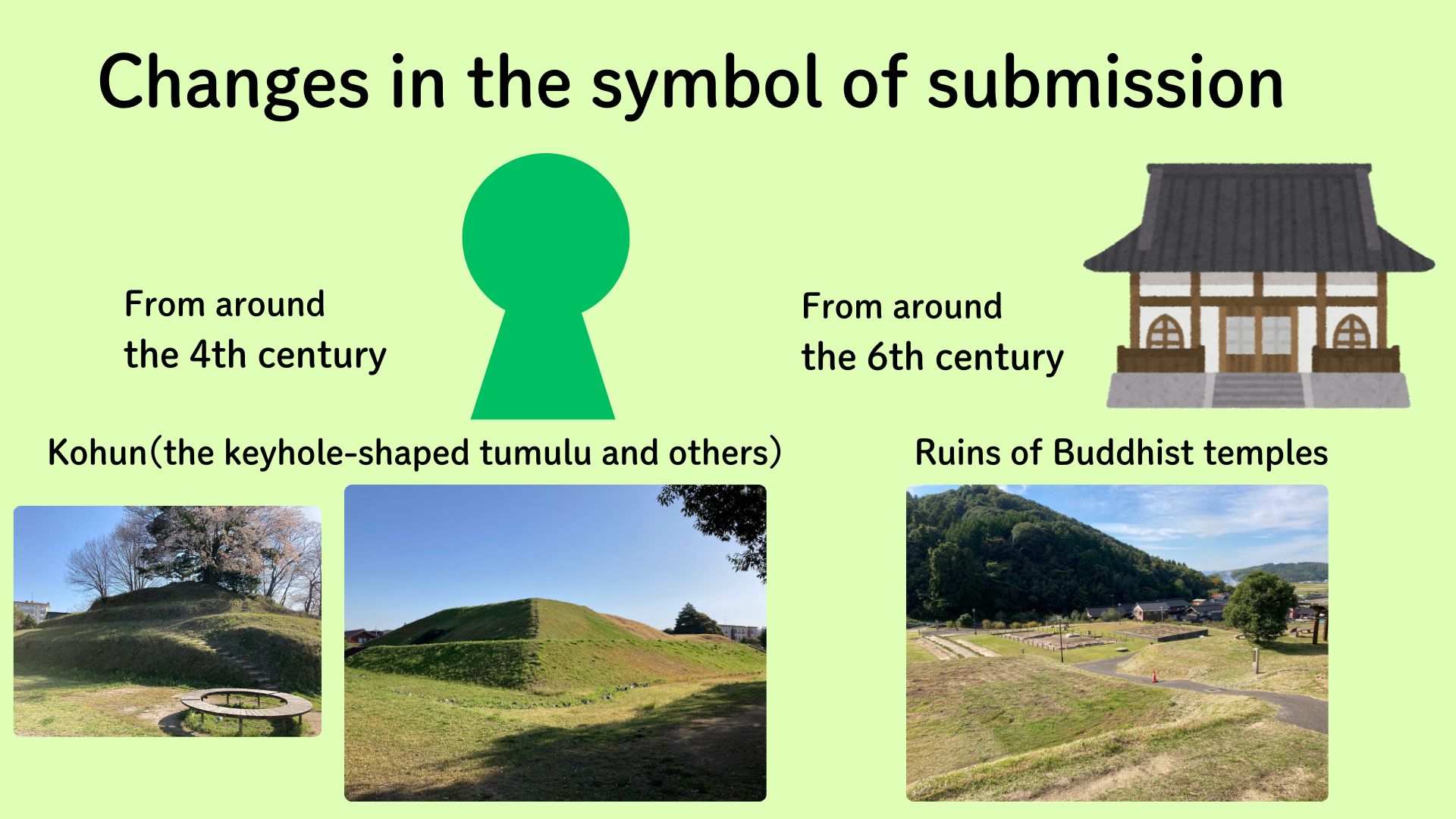
In the 8th century, the Kingdom in Kansai region became "Japan" and transformed into a centralized state. In provincial area such as San'in region, government officials began to conduct politics in government offices (kokufu). Ancient roads connecting the capital and the provinces were also developed. This is similar to the systems of the Roman Empire and the Achaemenid Empire of Persia. Unlike these empires, Japan adopted both Shinto and Buddhism as its state religions. Therefore, even during this period, shrines were not destroyed and new Buddhist temples were built by the state.
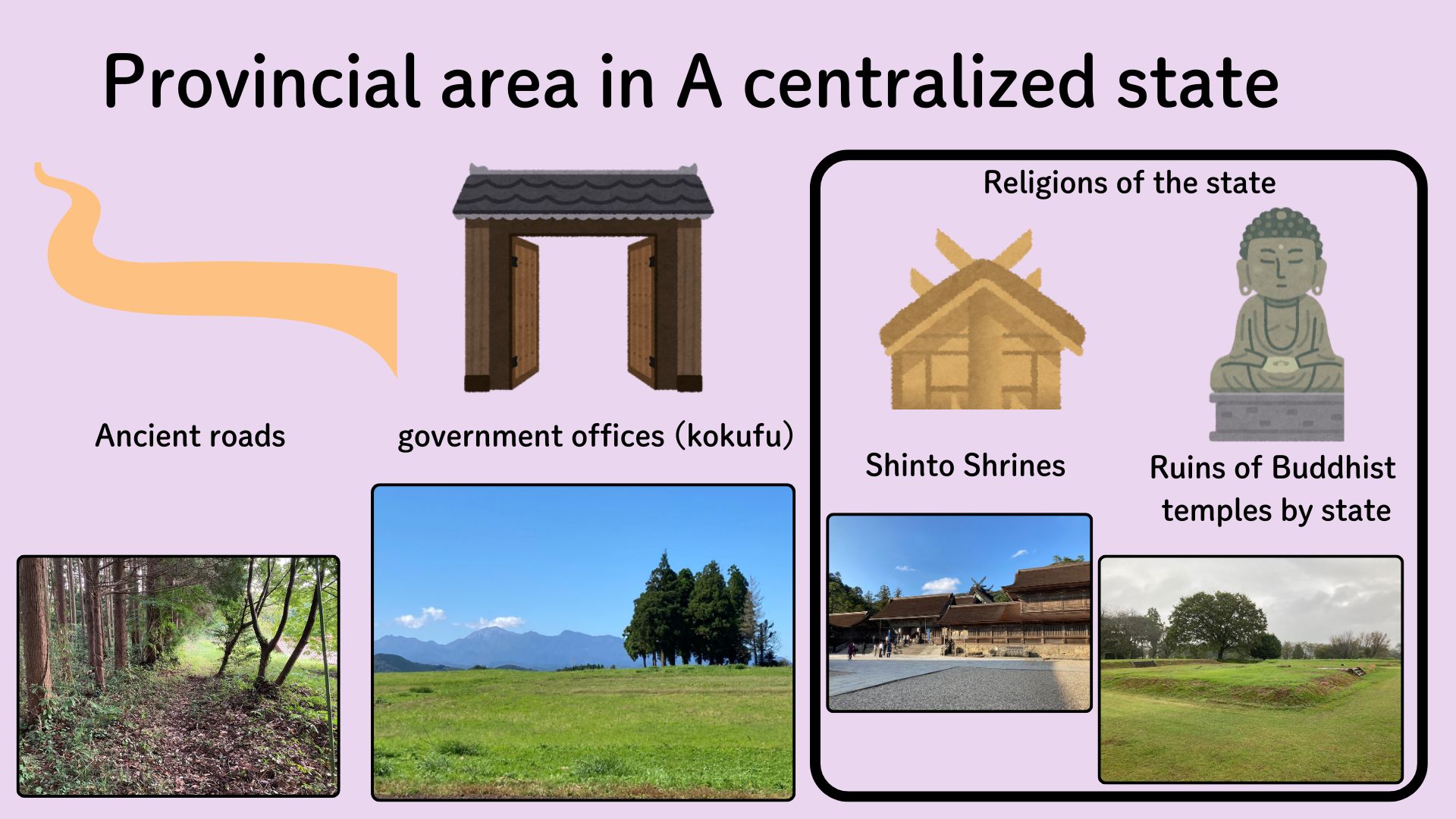
These cultural assets tell us that the changes in ancient Japan were unique even from a global historical perspective. And in the San'in region, there are cultural assets that prove this change.
In the 8th century, books compiling myths from various regions were compiled in Japan. These are the Kojiki and the Nihon Shoki. These books are among the oldest extant books in Japan and have had a great influence on Japanese culture. The main setting of these books is San'in region. Hero myths and nation-building myths set in this region appear in these books. These myths have been enacted in traditional Japanese performing arts. Examples include Kagura, Nogaku, Bunraku, and Kabuki. Sanin is an essential region when talking about Japanese culture, especially traditional performing arts.
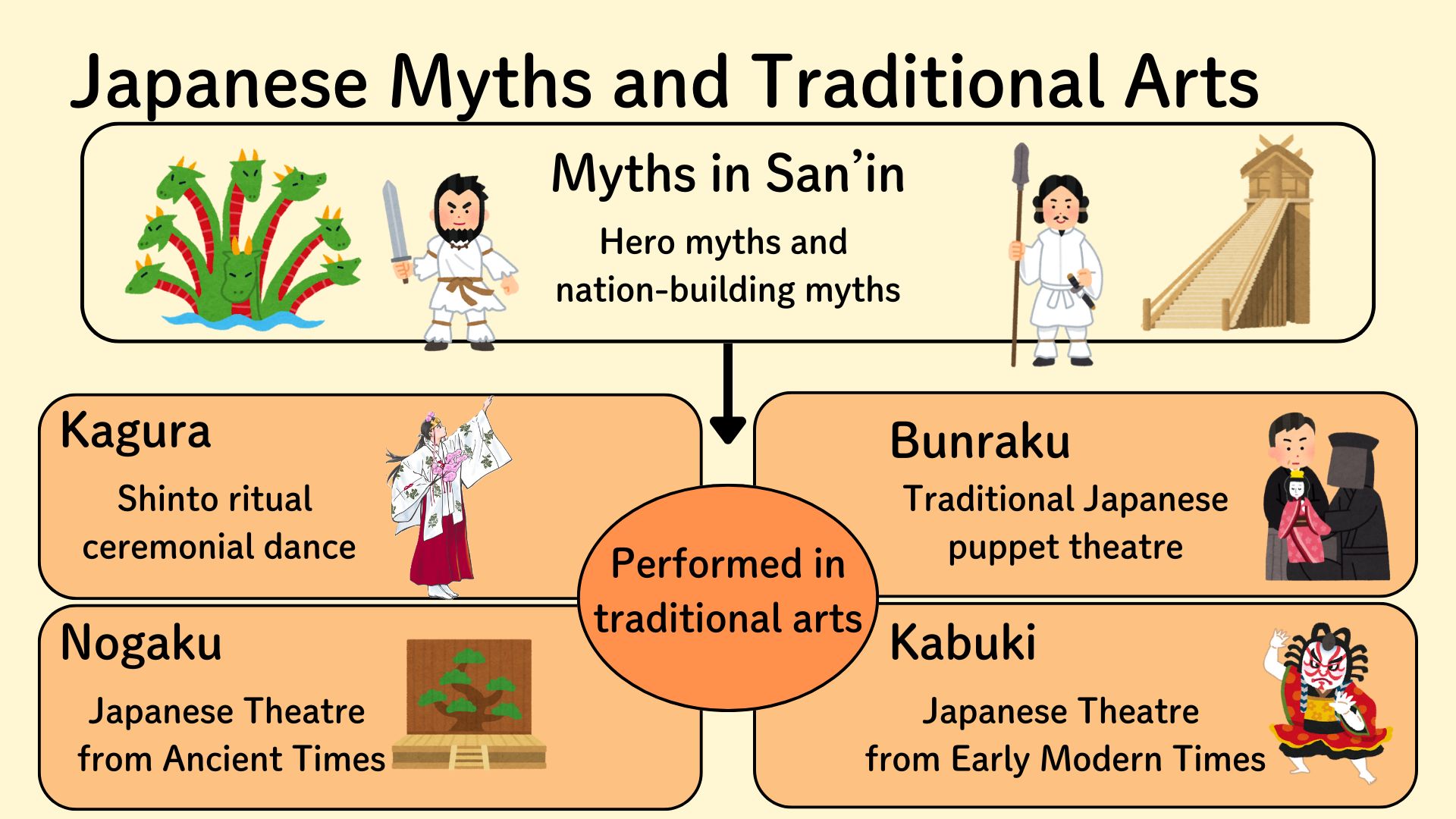
In the 19th century.The contents of the books were introduced to the Europe through the Netherlands. San'in region was one of the first images of Japan that Europeans and Americans encountered. They must have looked at the myths of San'in and imagined what kind of country Japan was.
Furthermore, in San'in, there is another book that remains to this day besides the Kojiki and Nihon Shoki: the Izumo no Kuni Fudoki. This book compiles the unique myths and legends that have been passed down in San'in, and many of the region's cultural assets appear in the book.
Due to its connection with Japan's traditional performing arts and the wealth of cultural information from ancient times, Sanin is truly a region worthy of being called the "origin of Japanese culture."
| Name of cultural assets | Explanation | Photo | Location |
|---|---|---|---|
| Mukibanda Ruins (妻木晩田遺跡) |
Mukibanda Ruins are the remains of one of the largest settlements in ancient Japan. This ruins are also dotted with the four corner protruding mound tomb, giving us insight into the ancient San'in Kingdom. |  |
Google Map |
| Tawayama Ruins (田和山遺跡) |
Tawayama ruins are surrounded by three moats on the top. It is thought that it was a religious space. | 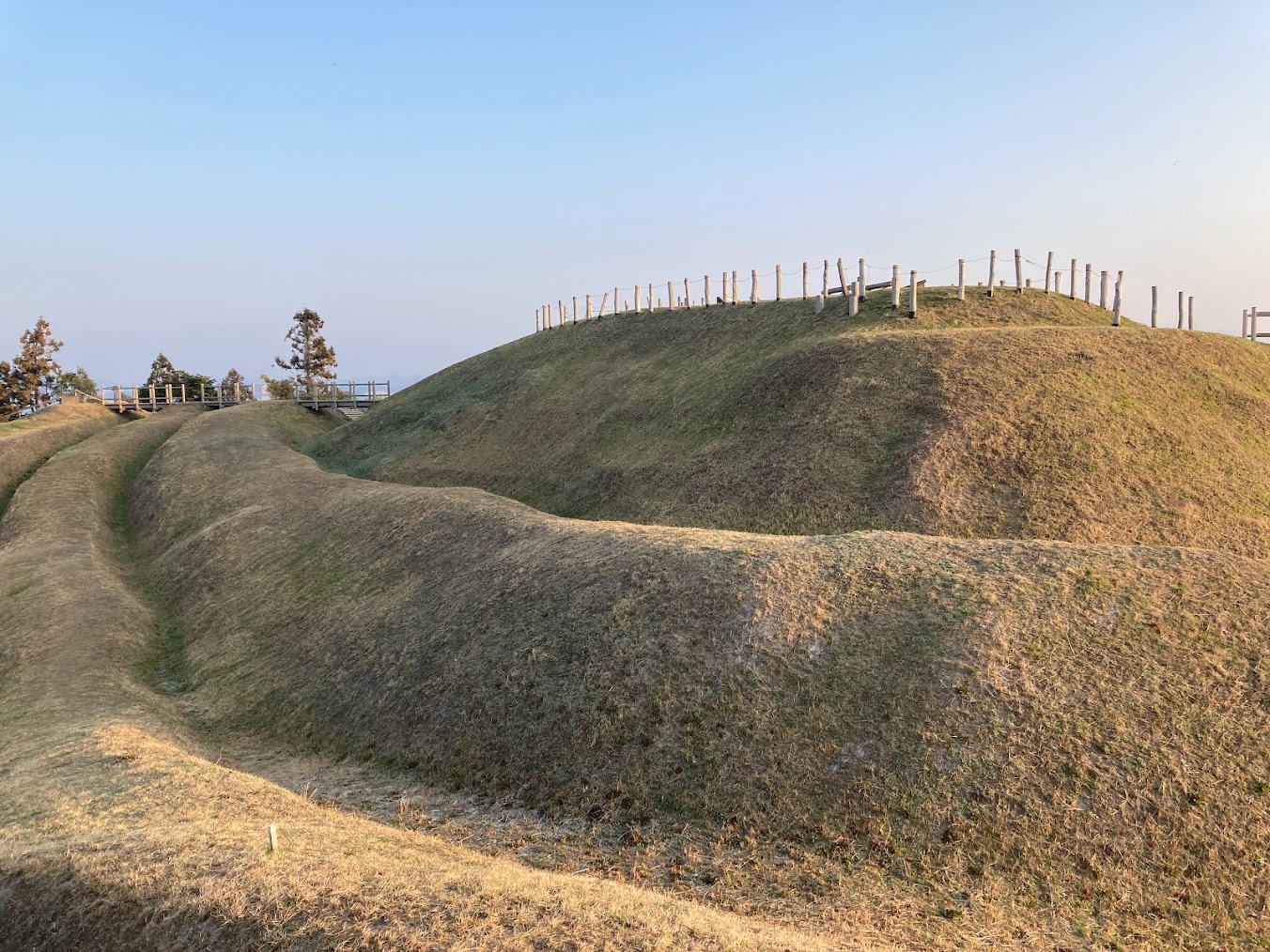 |
Google Map |
| Nishitani Tumuli Ruins (西谷墳墓群) |
Nishitani Tumuli Ruins are a group of the four corner protruding mound tombs that includes the largest four-cornered mound tomb in the San'in region. It is said to be the royal tombs of this area in the 3rd century. |  |
Google Map |
| Izumo Taisha Shrine (出雲大社) |
Izumo Taisha Shrine is one of the most representative shrines in Japan. This shrine appears in many ancient books and is an essential part of any discussion of Japanese culture. |  |
Google Map |
| Arashima Mounded Tombs (荒島古墳群) |
Arashima Mounded Tombs are an archaeological site that contains a collection of ancient tombs dating from the 1st to 7th centuries, including the four corner protruding mound tomb. | 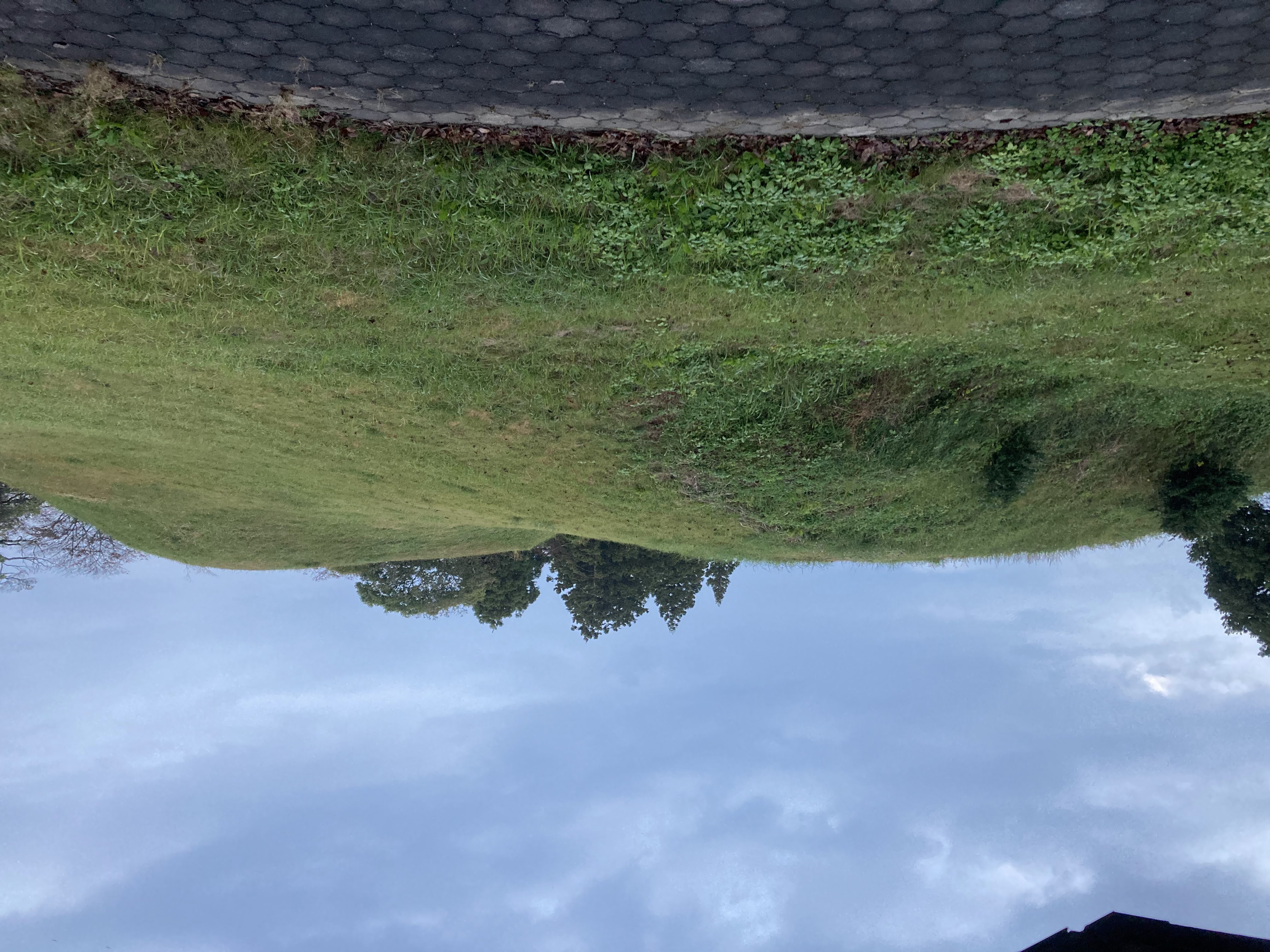 |
Google Map |
| Yamashiro Futagotsuka Tumulu (山代二子塚古墳) |
It is said to be the royal tumulu of this area in the 6rd century. |  |
Google Map |
| Kamiyodo Temple Ruins (上淀廃寺跡) |
The Kamiyodo Temple Ruins are the remains of a temple built in the end of the 7th century. | 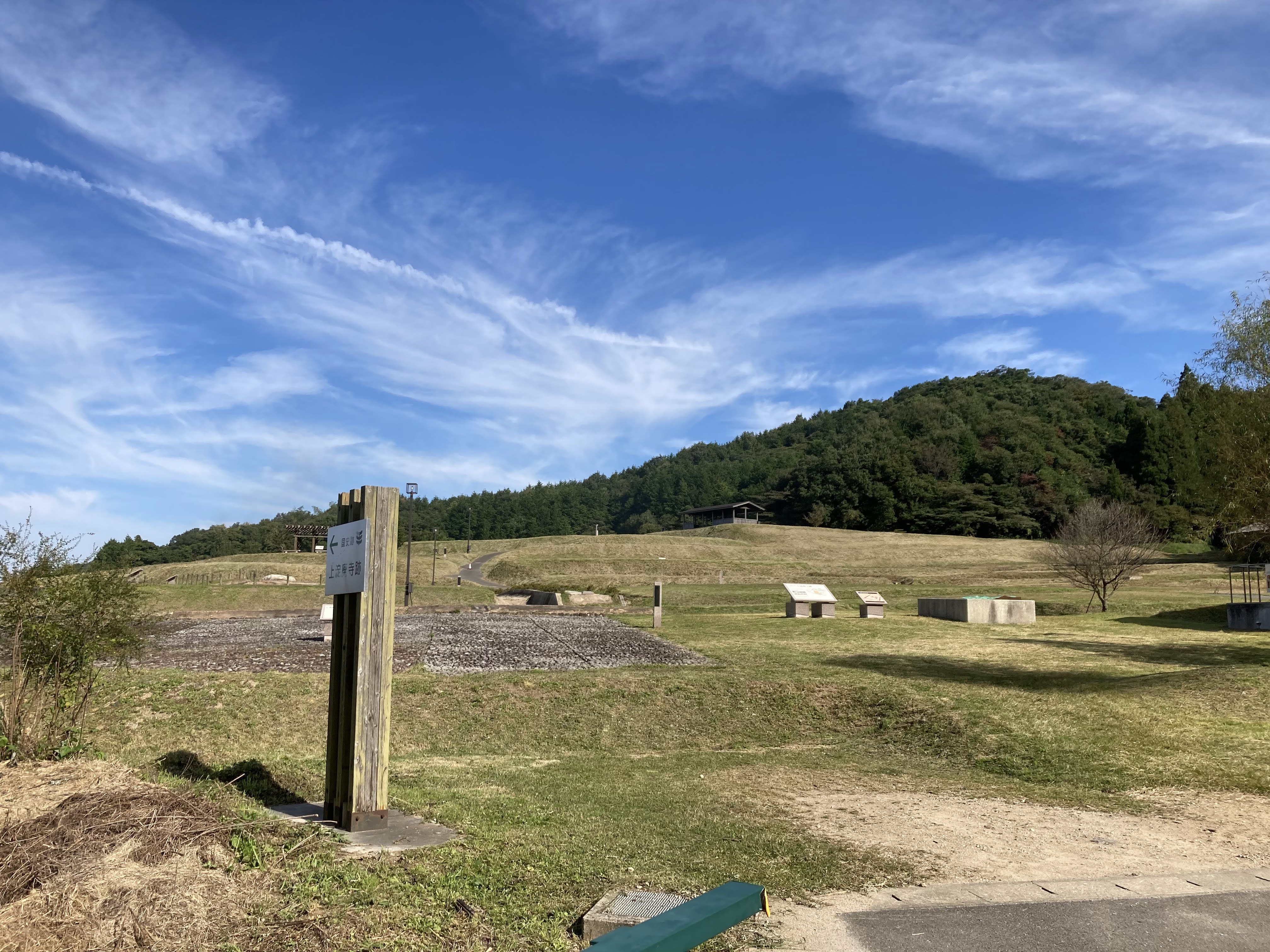 |
Google Map |
| Hoki Government Office Ruin (伯耆国庁跡) |
The remains of the provincial government office that has been in operation since the end of the 7th century. | Google Map | |
| Hoki Kokubunji Temple Ruins (伯耆国分寺跡) |
The ruins of a temple built by the state in the 8th century. | 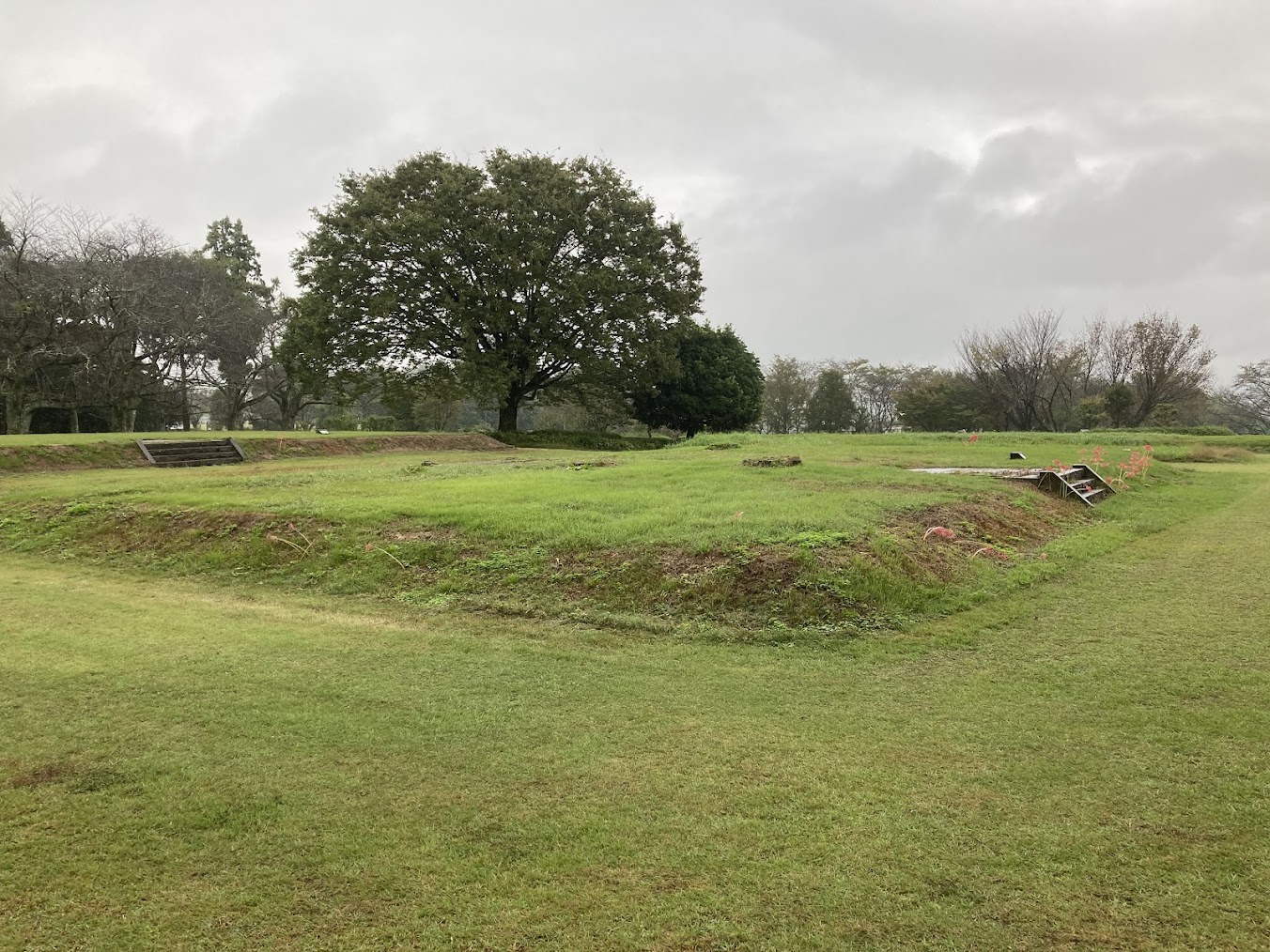 |
Google Map |